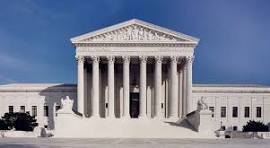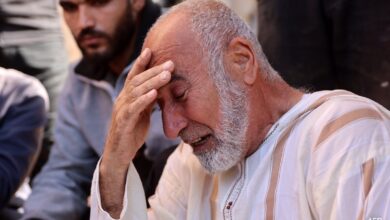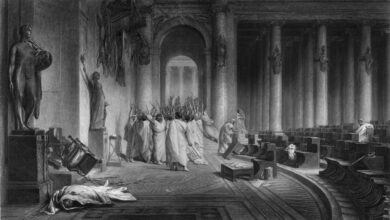Supreme Court Rejects Religious Freedom Challenge

The U.S. Supreme Court has rejected a high-profile challenge concerning religious freedom. The case, which drew significant attention, involved a claim that certain government policies infringed on religious liberties. The decision has far-reaching implications for the balance between religious rights and governmental regulations.
Background of the Case
The challenge was brought forth by a religious group that argued their First Amendment rights were being violated by specific government actions. The specifics of the case revolved around a conflict between religious practices and regulatory requirements, with the plaintiffs asserting that the regulations imposed an undue burden on their religious freedoms.
Key Issues
- First Amendment Rights: The plaintiffs claimed that their First Amendment rights to freely exercise their religion were being impeded by the government’s regulations.
- Religious Accommodation: The case centered on whether the government provided sufficient accommodation for religious practices and how to balance these accommodations with public policy needs.
- Precedent and Legal Standards: The Court had to consider previous rulings on religious freedom and the legal standards established under the Religious Freedom Restoration Act (RFRA) and related jurisprudence.
Supreme Court’s Decision
The Supreme Court’s rejection of the challenge effectively upholds the lower court’s ruling, which found that the government’s actions did not constitute a violation of religious freedoms. The decision indicates that the Court did not find the arguments compelling enough to overturn the existing legal framework.
Implications of the Ruling
- Legal Precedents: By rejecting the challenge, the Supreme Court reaffirms existing precedents that allow for a balance between religious freedom and governmental regulation. This maintains the status quo regarding how religious liberty claims are assessed.
- Government Regulations: The decision supports the notion that certain regulatory requirements can be imposed even if they incidentally affect religious practices, as long as they do not target specific religious groups or practices directly.
- Religious Communities: The ruling may be seen as a setback by religious groups seeking broader exemptions from government regulations. However, it also clarifies the limits of such exemptions under current legal standards.
Reactions and Responses
- Supporters of the Decision: Advocates for the decision argue that it maintains necessary public policy regulations and prevents religious exemptions from undermining important societal goals.
- Critics of the Decision: Opponents, including various religious and civil liberties groups, argue that the decision fails to adequately protect religious freedom and could lead to further encroachments on religious practices.
Future Considerations
The decision highlights ongoing tensions between religious freedom and regulatory requirements. As society evolves, these conflicts are likely to continue, prompting future legal challenges and debates.
Legal and Political Landscape
This ruling is part of a broader context of Supreme Court decisions on religious freedom. It reflects the Court’s current stance on balancing religious rights with other constitutional and public policy considerations.
The Supreme Court’s decision to reject the religious freedom challenge underscores the complexity of balancing religious liberties with governmental regulations. It reaffirms existing legal standards and sets the stage for future discussions on the scope and limits of religious freedom in the United States.
For more information on the Supreme Court’s decision and its implications, you can visit SCOTUSblog and other major news sources.





